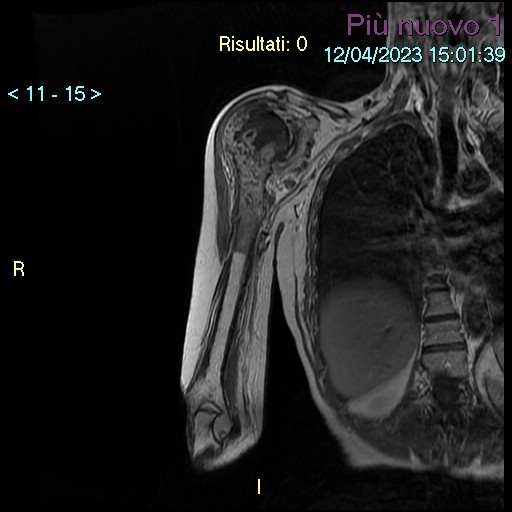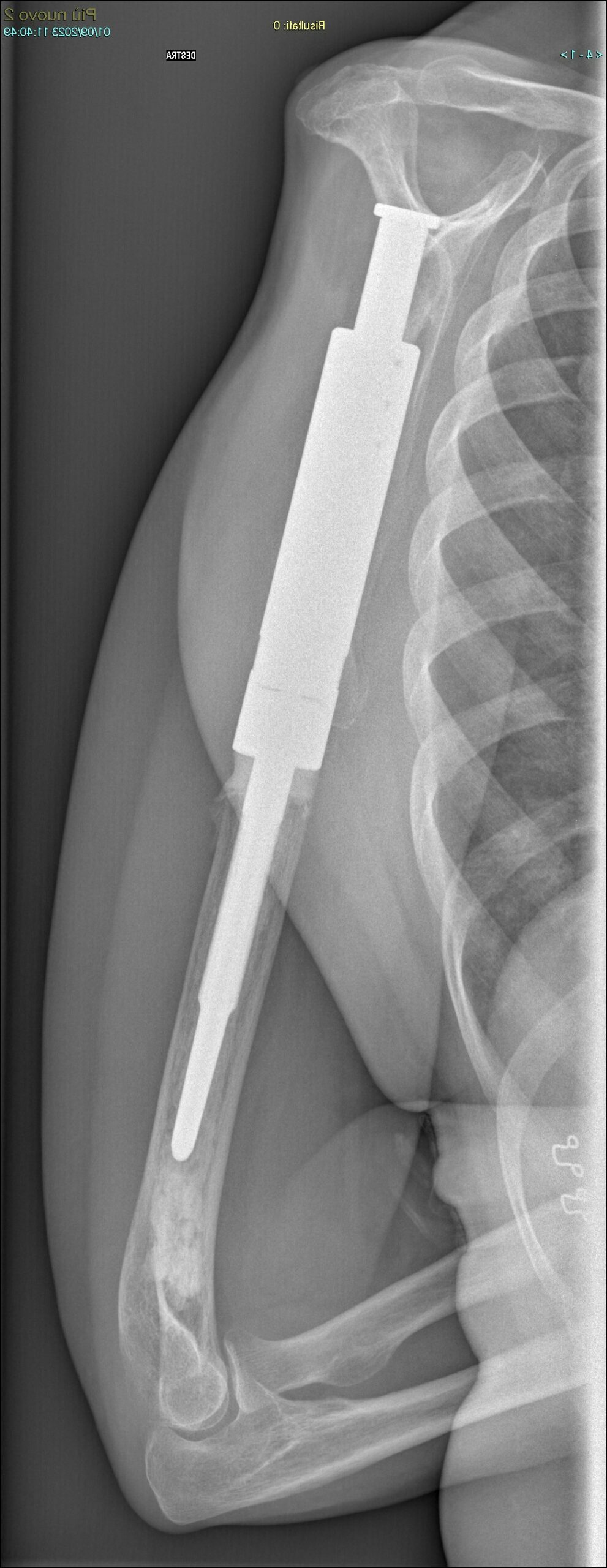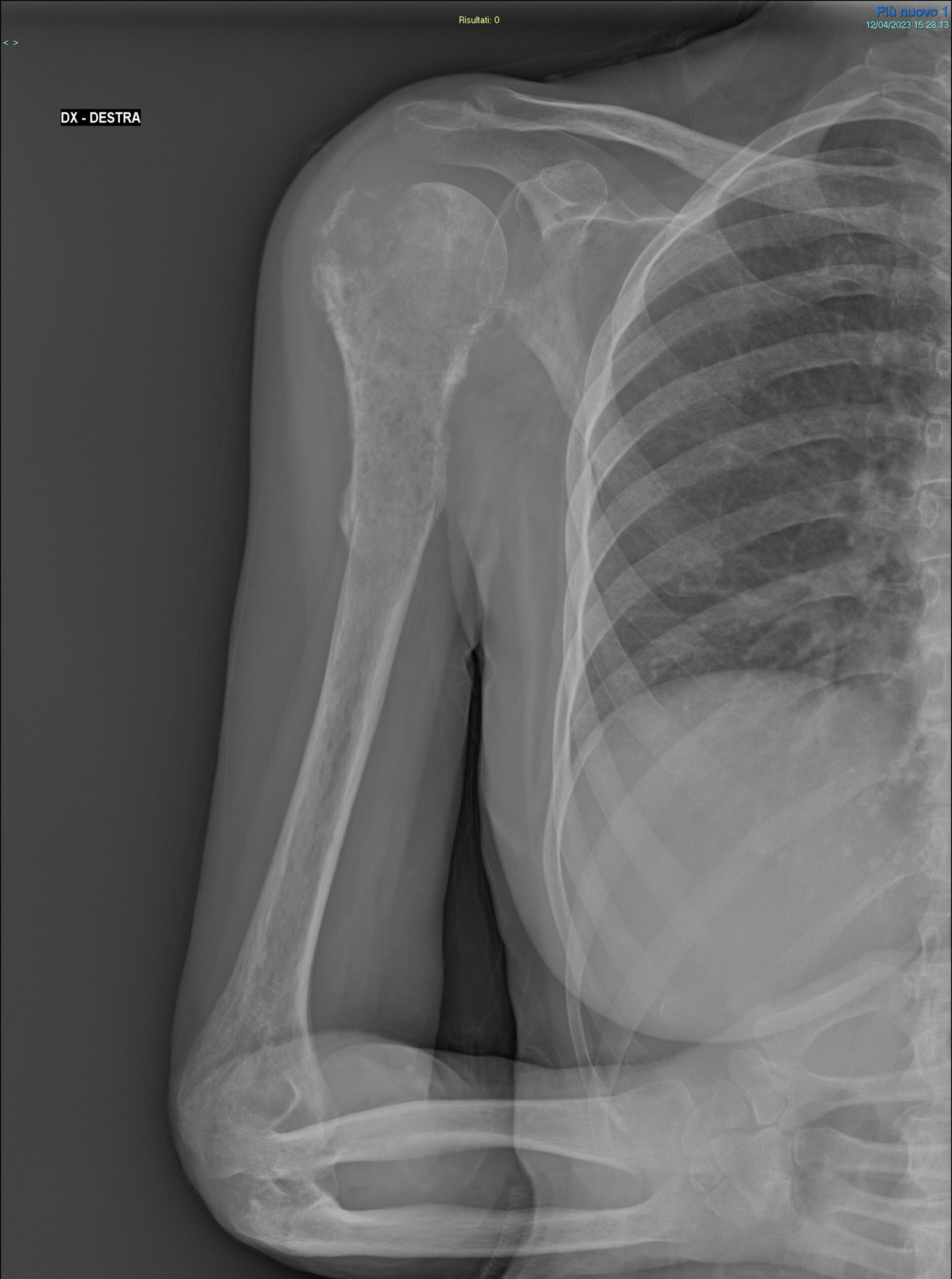Maselli Filippo [Department of Human Neurosciences, Sapienza University of Rome, Rome, Italy]
Montanari Laura [Department of Human Neurosciences, Sapienza University of Rome, Rome, Italy]
Vincenzi Simone [Department of Human Neurosciences, Sapienza University of Rome, Rome, Italy]
Bordato Mattia [Department of Human Neurosciences, Sapienza University of Rome, Rome, Italy]
Galardini Lorenzo [Department of Human Neurosciences, Sapienza University of Rome, Rome, Italy]
Marruganti Sharon [Department of Human Neurosciences, Sapienza University of Rome, Rome, Italy]
Disantarosa Alessia [Department of Human Neurosciences, Sapienza University of Rome, Rome, Italy]
Salomon Mattia [Department of Human Neurosciences, Sapienza University of Rome, Rome, Italy]
Shoulder pain is the third most common symptom among musculoskeletal disorders. In some instances, shoulder pain could conceal a spectrum of pathologies outside physical therapy’s scope of practice.
Several systemic or visceral disorders can be the cause of referred pain to the shoulder girdle, including tumors, infection, cardiovascular or pulmonary disease. Shoulder pain and stiffness of tumoral origin can be due to primary bone neoplasm, lung neoplasm or Pancoast tumor, differing from other common musculoskeletal presentation. Specially, chondrosarcomas are defined as a group of bone cancers which develop in cartilage cells, mainly affect adults and that are the second most common primary bone tumor, after osteosarcoma.
This case report aims to describe the clinical presentation, history taking, physical examination and challenging clinical decision-making procedures in a patient with primary chondrosarcoma mimicking a musculoskeletal disorder of the shoulder girdle.
This case report was written following the CAse REport (CARE) checklist.
Written informed consent has been obtained from the patient for publication of this case report and any accompanying images.
M.C., a 66-year-old housewife, presented to the physical therapist in November 2022 with severe pain and disability in her right shoulder. She reported pain onset in February 2022, with worsening symptoms located on the anterolateral aspect of the proximal humerus, without apparent cause.
Previously, the patient was diagnosed with “shoulder impingement syndrome” and underwent extracorporeal shockwave therapy combined with corticosteroid without benefit. A consultation by a specialized physical therapist highlighted relevant signs of possible inflammation (brushing, edematous, painful and warm shoulder). Severe stiffness was detected, both for active and passive movements. In addition, a strong smell in the axillary region was reported (without signs of poor personal hygiene). Strength was assessed, with positive signs of weakness and loss of function. A further consultation with an orthopedic surgeon was therefore suggested. Radiological findings, in December 2022, detected small calcifications of the soft tissues, while a subsequent Magnetic Resonance Imaging showed a progressive osteolytic pathology. Lastly, biopsy confirmed the diagnosis of primary 2nd stage chondrosarcoma. In April 2023, a massive resection of 15cm of the proximal humerus was conducted, with subsequent shoulder replacement with an innovative modular prosthesis.
This case report emphasizes the importance of differential diagnosis and screening for referral in physical therapy. Physical therapists must be able to identify signs and symptoms suggesting the presence of severe medical pathology.
Malignant chondral tumors are uncommon in the shoulder region. However, with increasing access to, and indications for, multiple imaging modalities, the discovery of incidental chondral lesions is more common and estimated at between 2% and 4%.
Misdiagnosing shoulder tumors as frequent shoulder musculoskeletal conditions is likely to cause a significant delay in making a correct diagnosis and a major deterioration of the prognosis.
There is still uncertainty regarding their optimal management. For this reason, the case report also highlights the surgical pathway and the subsequent rehabilitation after massive resection of the humerus and shoulder replacement with a modular prosthesis, enriching the literature in the field.



